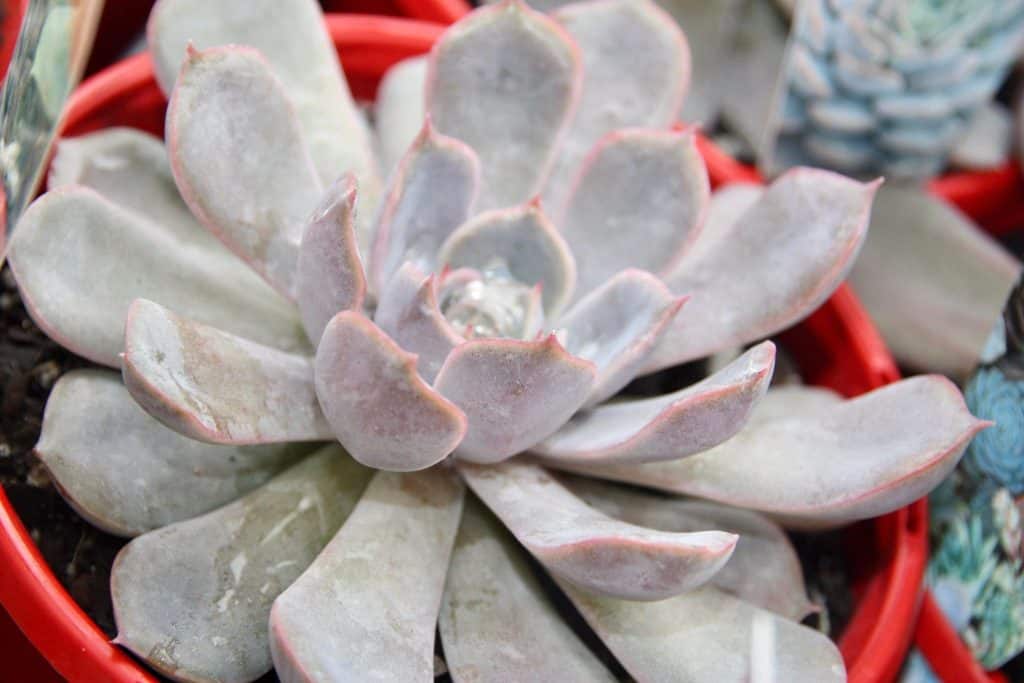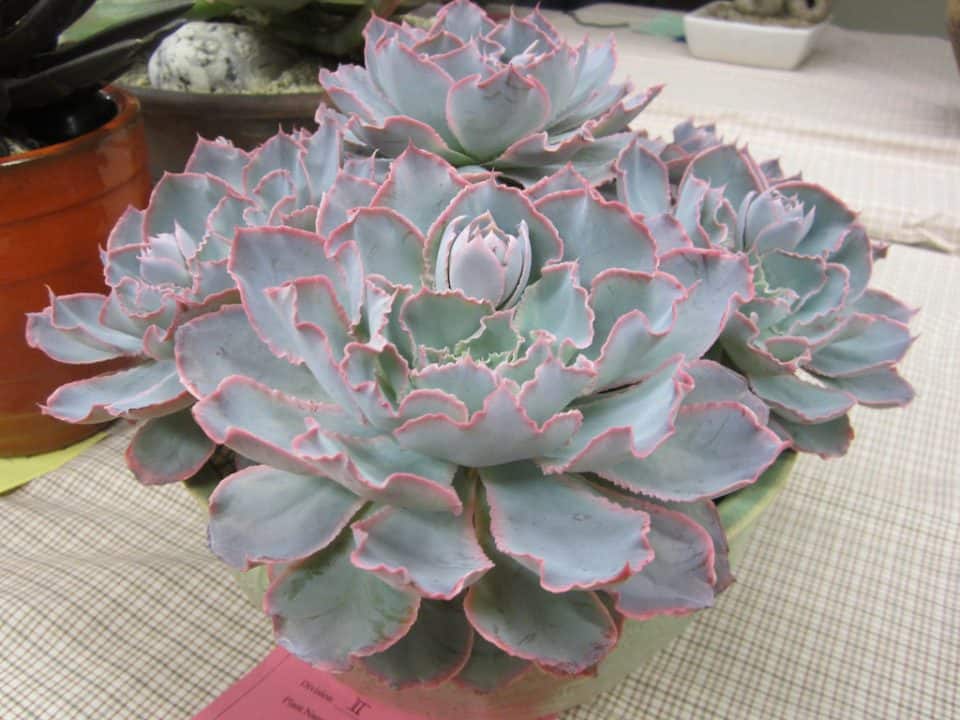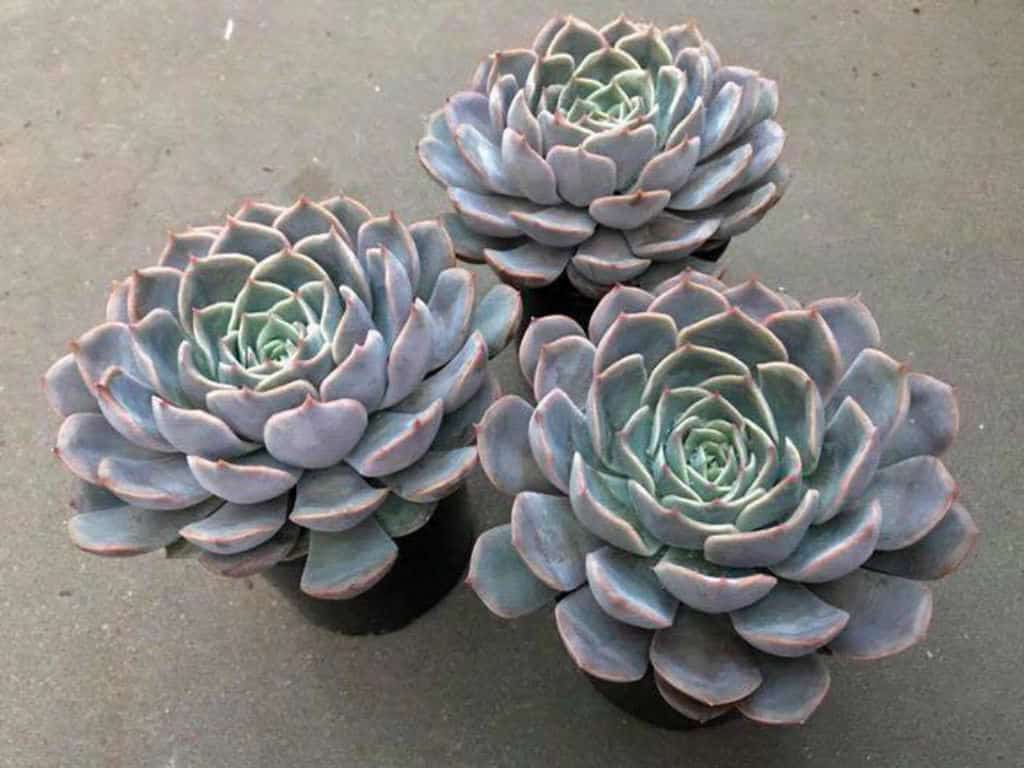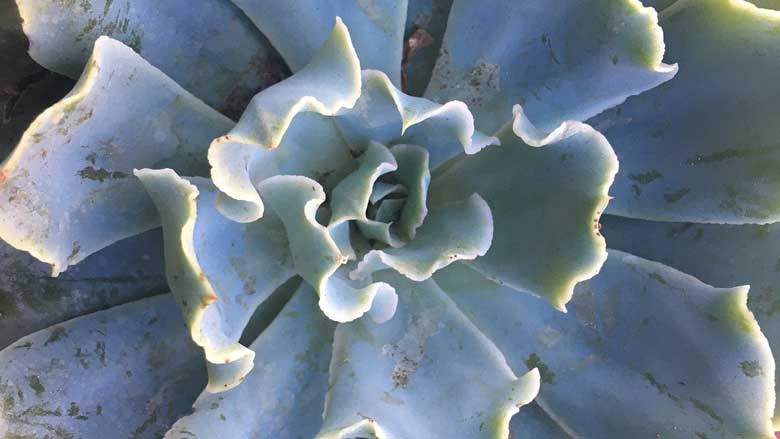Echeveria Orion, also known as Echeveria Fiona, boasts elegant, colorful foliage that will brighten up any room in your home. However, many people who try to grow this houseplant are initially unsuccessful because they have trouble keeping it alive.
Thankfully, with proper care and attention, you can keep your Echeveria Orion plant thriving indoors all year long. You just need to know what it likes and dislikes in order to make sure it has everything it needs to thrive on its own in your home.
Echeveria Orion was voted 2013’s Plant of the Year by the International Gardening Association and has become one of the most popular houseplants available today. This succulent thrives in partial to full sun and can be grown both indoors and outdoors as long as it receives at least 6 hours of sunlight each day and has good drainage.
Origin and distribution
Echeveria are native to Mexico and Central America. Orchids and echeverias both belong to a very large family of flowering plants with an immense variety of species; however, there is a distinct difference between these two types of flowers.
For example, orchids are most commonly found in tropical climates. Whereas echeverias grow well under natural sunlight and thrive off less watering than other succulents do. If you’re new to growing succulents, it’s best to start out with something easy like an echeveria plant.
You can find them at your local garden center or online. They can be easily identified by their thick leaves that resemble rosettes and their bright colors.
Echeveria orion propagation

As with most succulents, Echeveria Orion produces offshoots that can be removed and repotted. To propagate it, simply pry off an offset using a small, clean screwdriver. Clean any remaining sand from both the mother plant and the new offset using a damp paper towel.
The best time to do so is in spring when offsets are forming. Set them aside until fall when they are more likely to have dried roots. Then pot up each one separately in well-draining soil. Water sparingly at first, allowing the soil to dry out between waterings.
Once established, you can increase the watering frequency slightly. Remember that too much water will cause rot; never let plants sit in water for long periods of time as they will not tolerate wet feet for long periods of time. Offsets should begin producing their own leaves within six months.
Echeveria orion care information

In general, Echeveria Orion needs little to no care. However, be sure to water during dry spells. Allow soil to dry between watering and only water when you see signs of wilting (in other words, avoid overwatering).
Echeveria Orion should receive ample sunlight. In the winter months, place in a spot where it will receive filtered light from windows or skylights.
Use an all-purpose fertilizer once every 2-3 months. If repotting is necessary, do so during spring and summer.
The best time to repot is right after your plant has finished blooming. Repot into a pot that is one size larger than its current container. When repotting, use a pot with drainage holes at the bottom for easy watering as well as good airflow around your plant’s roots.
Light requirements
Echeverias grow in a wide range of light conditions and are one of those rare plants that you can pretty much just stick somewhere in your home and forget about for months at a time.
That said, most do benefit from some kind of natural light. When these plants aren’t getting direct sunlight, they will typically be happy with fluorescent light indoors during winter months and indirect sunlight outdoors during summer months.
Soil/potting mix
There are two types of soil to use for succulents: cactus soil and regular potting mix. It is best to steer clear of traditional potting soil, as it holds too much moisture, which will rot your plant’s roots.
The cactus soil sold at most garden centers has just enough drainage that you won’t need to water your plants daily; if you don’t see it available, try mixing one part gravel or sand with three parts regular potting mix.
Your container should be 1-2 inches larger than your plant so that there is room for watering without having any extra sitting in the bottom of your pot.
Also, choose a container with drainage holes in its bottom, this prevents water from sitting in excess on top of the soil and rotting away your plant’s roots. If you have a clay pot, drill a few holes into its bottom before planting so there is no danger of over-watering.
Watering
Echeveria Orion likes to be watered regularly, but you need to make sure that they are not sitting in water. Overwatering is one of their biggest enemies, so if you see any brown tips on leaves or stems, then it’s time to cut back a little on watering your Echeveria.
Fertilizer
Echeveria Orion prefers soil with a pH between 6.0 and 7.5. They grow best in rich, well-drained soil that is high in organic matter, and they are tolerant of some drought conditions once established.
When fertilizing echeveria Orion, it’s important to avoid excess nitrogen; a high concentration of nitrogen results in lush but weak growth that may be susceptible to pests or diseases, including spider mites.
Temperature
Echeverias are subtropical plants. In cooler climates, they should be grown indoors as houseplants, in which case they will do best if placed near a south-facing window and not exposed to temperatures below 50 degrees F.
During fall and winter, grow them under fluorescent lights on a 14-hour photoperiod at a temperature of 65 degrees F.
Humidity
Once you’ve purchased an echeveria Orion plant, it’s important to remember that your home doesn’t need to be humid. As a succulent, these plants prefer dry air and don’t do well with high humidity levels.
If your room is too humid for most people, it is probably too humid for your echeveria Orion plants as well.
The ideal humidity range is between 20% and 40%. If your home is too humid, consider using a dehumidifier to keep your echeveria Orion plant happy. You can also try placing your plant on a tray of pebbles with about an inch of water in it. The evaporation will help keep things dryer.
Pruning
As a rule of thumb, prune Echeverias when they are dormant in winter, but before new growth begins in spring. In warmer climates, it’s best to keep them outside during winter months; in colder areas, bring them inside for overwintering and begin pruning when you bring them back outside in spring.
When to repot
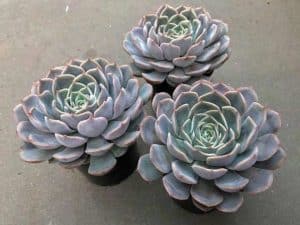
A healthy echeveria Orion can be left in its original container for about two years. After that, you’ll want to repot it into a pot at least two sizes larger than its current one. If your plant is root-bound, meaning it has no room to grow because of how tightly its roots are packed in its container, then you should repot immediately.
The longer you wait, the more likely your plant will suffer from transplant shock and begin to lose leaves. As always when repotting succulents, use an organic soil mix like cactus soil and take care not to damage any of your plant’s existing roots during the process.
Dormancy
During dormancy, echeverias are virtually indestructible. Leave them outside in a spot that receives full sun and is not exposed to extended periods of freezing temperatures and they will be just fine.
If you grow them indoors during these months, simply allow their soil to dry out completely between waterings. This species is sensitive to salt buildup, so it’s best to avoid fertilizing at all when they are going dormant.
Flowers & Fragrance
Echeveria Orion is not fragrant, and its flowers are relatively small compared to other types of echeverias. The bloom cycle is also relatively short. It’s a small plant that makes a great addition to terrariums, especially when paired with bromeliads or air plants.
Growth rate
Echeveria orion is a fast grower and will grow from 1-2 inches per month, depending on how hot it is, and how much light they are getting. If you don’t have a greenhouse or way to control the temperature and light, then expect them to be slower growing.
I would say that one of these plants can reach up to 5-6 inches tall in 1 year with proper care, but they could grow more as well.
Toxicity
Echeveria orion is toxic to cats and dogs and can be mildly poisonous to humans as well. They also contain insoluble oxalates, so caution should be used when handling them.
If you have sensitive skin, wear gloves or wash your hands thoroughly after touching echeverias. Wash your hands before eating or smoking as well!
USDA Hardiness Zones
Echeveria orion thrives in USDA hardiness zones 10b through 11. If you live outside of these zones, look for a similar variety of echeveria that’s more suited to your region.
Pests and diseases
Spider mites and aphids can become a problem in warmer weather if you over-water, but they’re usually easy to spot on a healthy plant. If you notice these bugs or any others, there are lots of insecticides available at most garden centers that will keep them at bay.
Conclusion
Echeveria orion grows best when given moist, well-drained soil that is high in organic material. Provide them with bright, indirect light, and avoid placing them where they will be exposed to direct sunlight.
These plants are extremely slow-growing and tend to have minimal care requirements making them a wonderful houseplant for even novice gardeners.
